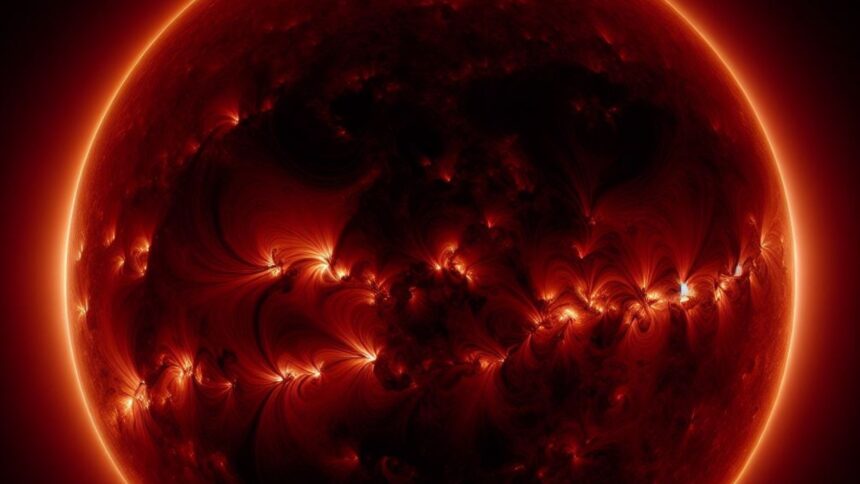Cloaking devices have been popular in science fiction for decades, but it’s no longer a mere fantasy. Thanks to recent technological advances, methods, and patents have been developed that could allow objects, and even planets, to be cloaked from detection. This means the possibility of cloaking devices becoming a reality is more likely than ever.
Patents on cloaking technologies
The idea of cloaking has evolved from simple camouflage techniques to sophisticated systems using optoelectronics and photonics. Patents like US5307162A and US10739111B2 outline systems that conceal objects within the visible light spectrum. These systems create the illusion of transparency by interposing a shield between an observer and the object, displaying a synthetic background image on the shield.
These patents represent significant advancements in cloaking technology, utilizing optoelectronics, computers, and microminiature components. The potential applications for such technologies range from military to astronomical uses.
Methods to cloak planets
The concept of cloaking a planet is particularly fascinating when considering the search for extraterrestrial life. The transit method, which detects planets as they pass before their stars, could be thwarted by advanced civilizations wishing to conceal their presence. A study published in the Monthly Notices of the Royal Astronomical Society suggests that controlled laser emission could distort the apparent shape of transit light curves, effectively cloaking the planet.
According to a study, an optical monochromatic laser array can hide Earth from broad-band surveys such as the Kepler Mission. This array would emit a peak power of about 30 MW for around 10 hours yearly. However, if we want a more comprehensive cloak effective at all wavelengths, we would need a more extensive array of tunable lasers with a total power of around 250 MW.
The implications of cloaking
The possibility of cloaking a planet raises important questions regarding our position in the universe and privacy on a cosmic level. For years, we have been broadcasting our existence through radio and TV signals, but the option to cloak our planet gives us a decision—whether to try and make contact with other potential life forms or hide to avoid detection.
As we continue to explore the cosmos, the development of cloaking technologies may change how we search for other civilizations and choose to present ourselves to the universe. Whether we decide to cloak our planet or not, the fact that we can consider such an option is a testament to the incredible progress of human ingenuity and the endless possibilities.
In conclusion, while the idea of cloaking planets remains theoretical, today’s patents and methods could turn this science fiction concept into a scientific reality. As we advance, we must ponder the ethical and philosophical implications of such technologies and their role in our future explorations of the universe.
Can the artificial Sun be used to cloak the natural Sun?
The concept of using an artificial sun simulator to cloak the actual Sun is fascinating. Still, it’s important to clarify that artificial sun simulators, like China’s Experimental Advanced Superconducting Tokamak (EAST), are not designed for such a purpose. These simulators primarily focus on replicating the fusion process within stars to explore the potential for nuclear fusion as a clean energy source on Earth.
The EAST, for instance, has achieved significant milestones by sustaining nuclear fusion reactions for extended periods, reaching temperatures multiple times hotter than the core of the Sun. However, this technology is aimed at energy generation rather than manipulating light or visibility on a cosmic scale.
Cloaking the Sun or any star would require bending or redirecting the light it emits so that it becomes invisible to observers from a particular vantage point. This is theoretically possible with a concept known as a gravitational lens, which relies on the bending of light around massive objects due to gravity. However, such a feat’s engineering and energy requirements are beyond our capabilities.
In the realm of light simulation, there are products like the Virtual Sun by Innerscene, which aim to replicate natural sunlight indoors for health and well-being purposes. These systems simulate the appearance of the Sun and its light but cannot cloak or hide the Sun itself.
In summary, while artificial sun simulators are making strides in energy research, they are not intended or capable of cloaking the Sun. The idea remains theoretical, with significant scientific and technological challenges to overcome. However, militarized technologies may be capable.
The question remains. Are cloaking technologies currently being used to hide celestial objects from Earthlings?



